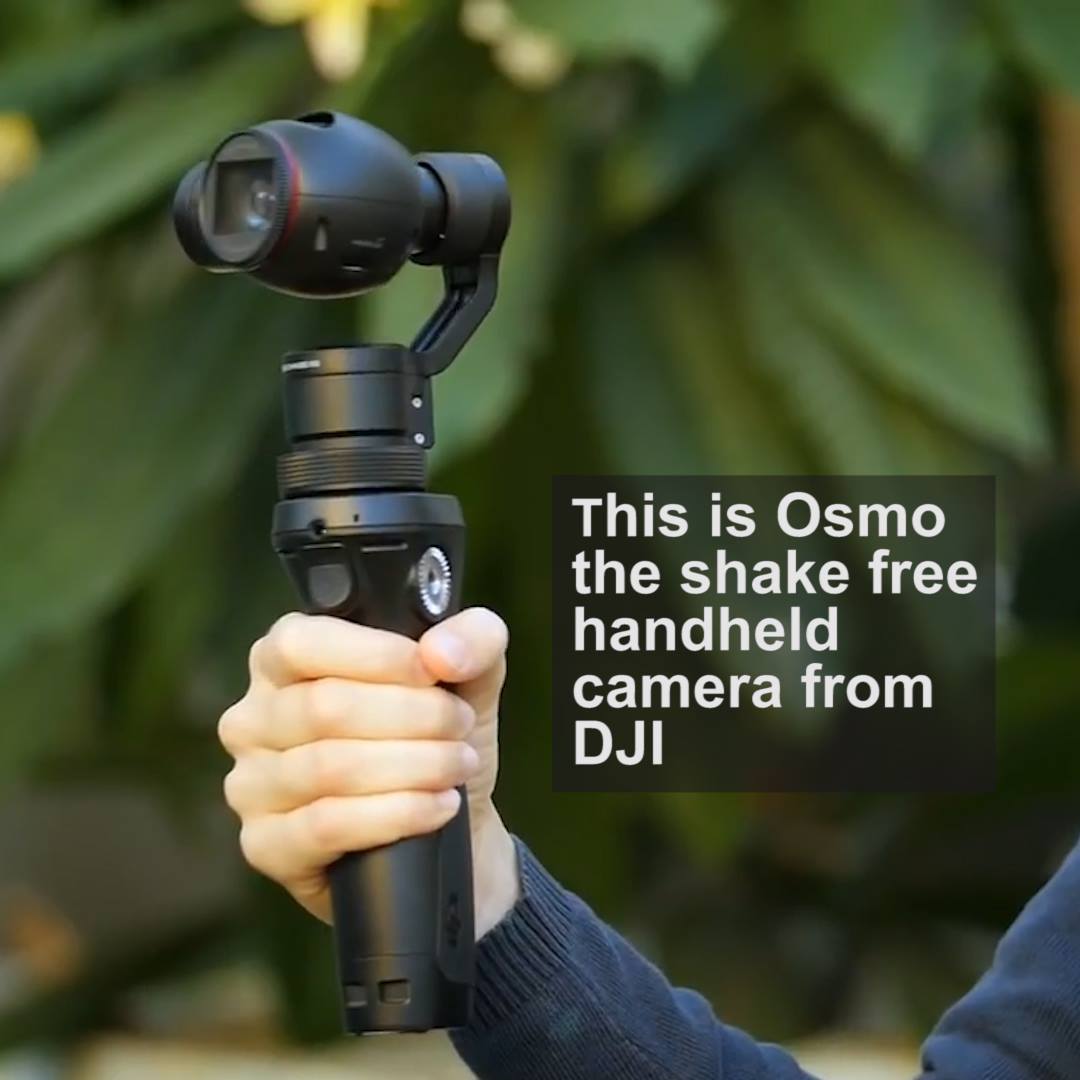Dec 8, 2015
Physicists investigate unusual form of quantum mechanics
Posted by Andreas Matt in category: quantum physics
(Phys.org)—In a new study, physicists at Penn State University have for the first time proposed a way to test a little-understood form of quantum mechanics called nonassociative quantum mechanics. So far, all other tests of quantum mechanics have dealt with the associative form, so the new test provides a way to explore this relatively obscure part of the theory.
“Nonassociative quantum mechanics has been of mathematical interest for some time (and has recently shown up in certain models of String Theory), but it has been impossible to obtain a physical understanding,” coauthor Martin Bojowald at Penn State told Phys.org. “We have developed methods which allow us to do just that, and found a first application with a characteristic and instructive result. One of the features that makes this setting interesting is that much of the usual mathematical toolkit of quantum mechanics is inapplicable.”
Standard quantum mechanics is considered associative because mathematically it obeys the associative property. One of the fundamental concepts of standard quantum mechanics is the wave function, which gives the probability of finding a quantum system in a particular state. (The wave function is what determines the likelihood of Schrödinger’s cat being dead or alive, before the box is opened.) Mathematically, wave functions are vectors, and the mathematical operations involving vectors and the operators that act on them always obey the associative property (AB)C=A(BC), where the way that the parentheses are set doesn’t matter.


















